No Box to Check: When the Census Doesn’t Reflect You
Share
Explore Our Galleries
Breaking News!
Today's news and culture by Black and other reporters in the Black and mainstream media.
Ways to Support ABHM?
By Karen Zraick, Allison McCann, Sarah Almukhtar, Yuliya Parshina-Kottas and Robert Gebeloff, The New York Times
Subheading
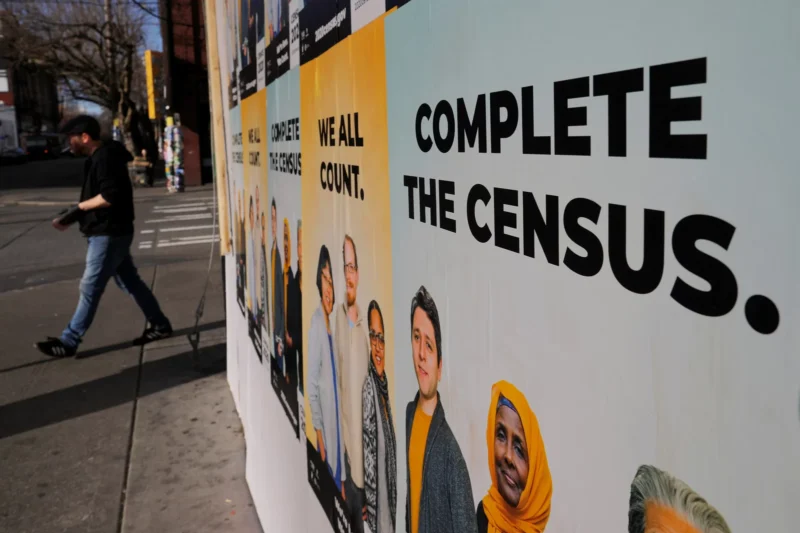
Egyptian, Iranian, Lebanese, Amazigh, Arab, American.
These are just a handful of ways that thousands of people who responded to a New York Times callout described themselves. The answers were as diverse as the group of individuals behind them. People with roots in the Middle East and North Africa, often abbreviated as MENA, represent a multitude of cultures, religions and languages. And they all have different viewpoints about how they fit into the American mosaic.
Accounting for MENA identity in the United States has become particularly relevant this year. The 2024 presidential election could hinge on a handful of swing states like Michigan, where Arab American voters turned out decisively for President Biden in 2020. But Mr. Biden has faced mounting frustration from Arab Americans and others within his party for his support for Israel in the war in Gaza.
While people of MENA heritage are by no means monolithic, they do share one common experience in the United States. On official forms, most don’t see themselves represented among the check boxes for race or ethnicity. With few good options, many end up being counted as “white.”
A decades-old federal guideline defines “white” as anyone with origins in Europe, North Africa or the Middle East. In the 2020 census, “Lebanese” and “Egyptian” were offered as examples for the “white” box on the race question. The other categories were “Black or African American,” “American Indian or Alaska Native,” “Native Hawaiian or other Pacific Islander” and a variety of Asian ancestries.
Learn more about African heritage in this virtual exhibit.
Find more Breaking News here.
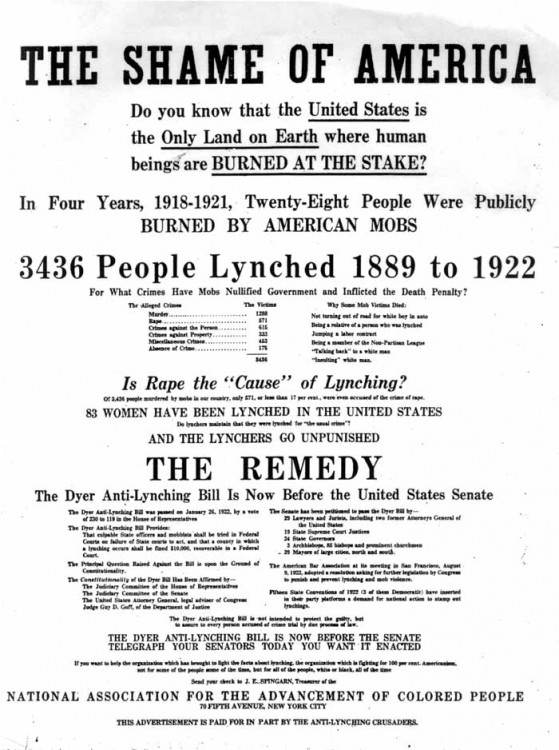
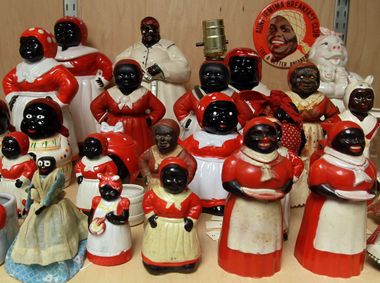

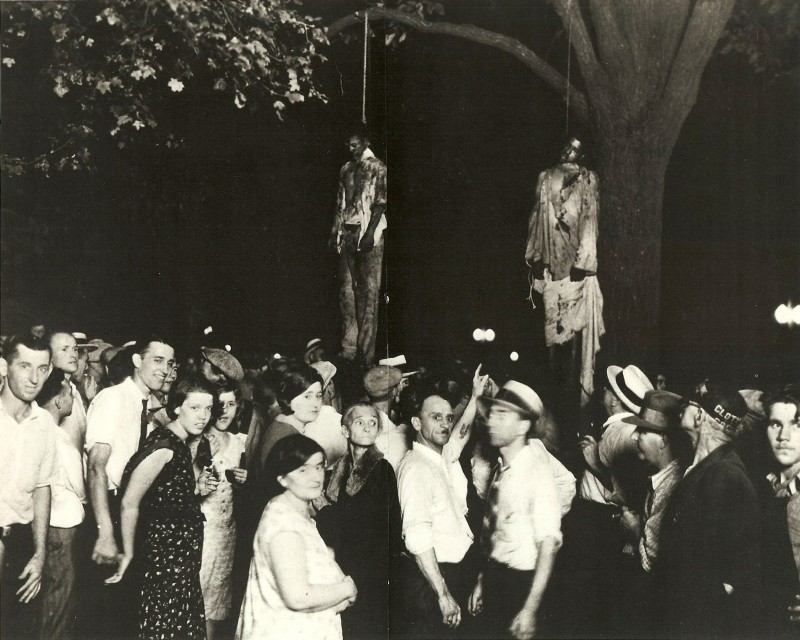
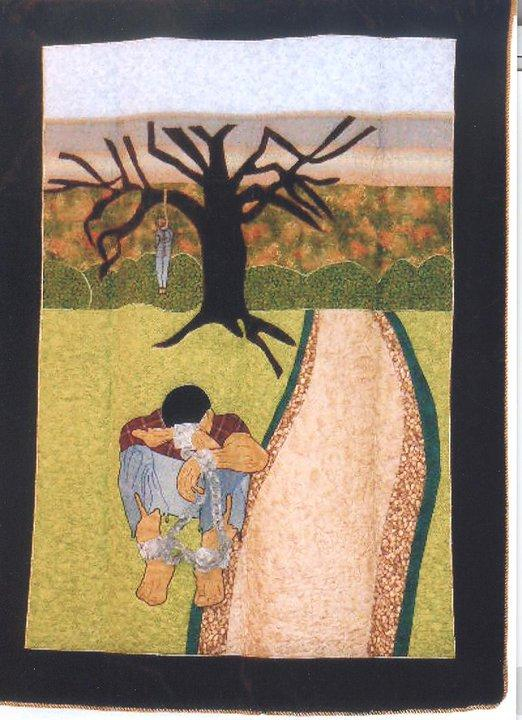
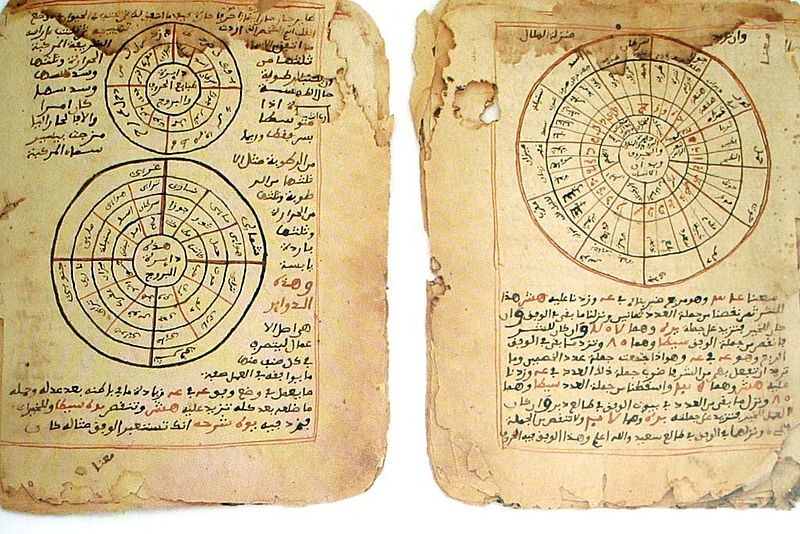
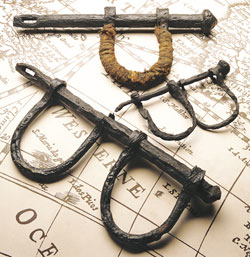


Comments Are Welcome
Note: We moderate submissions in order to create a space for meaningful dialogue, a space where museum visitors – adults and youth –– can exchange informed, thoughtful, and relevant comments that add value to our exhibits.
Racial slurs, personal attacks, obscenity, profanity, and SHOUTING do not meet the above standard. Such comments are posted in the exhibit Hateful Speech. Commercial promotions, impersonations, and incoherent comments likewise fail to meet our goals, so will not be posted. Submissions longer than 120 words will be shortened.
See our full Comments Policy here.